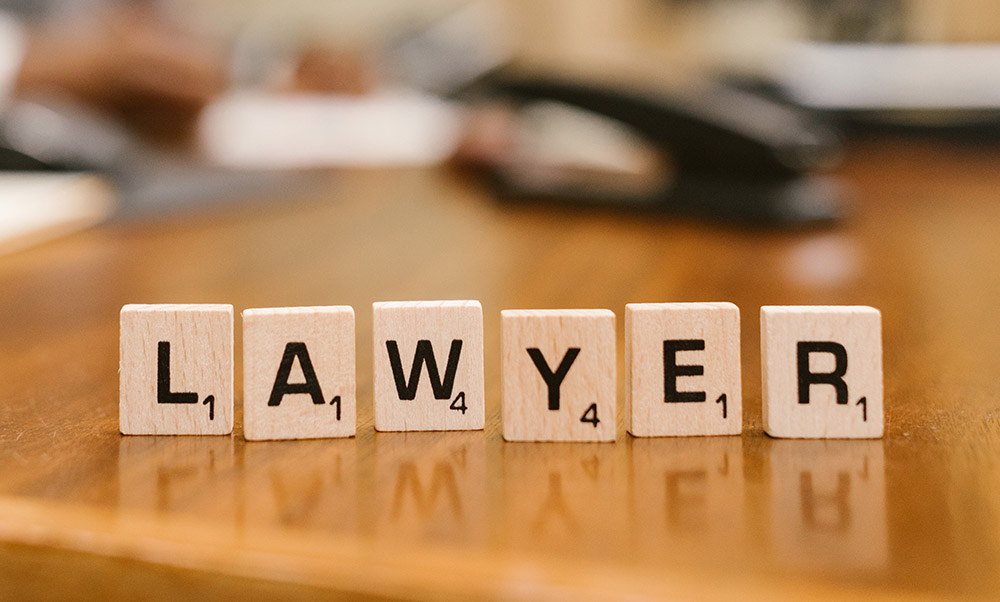
Certiorari Writ
Certainly! The Certiorari writ is a legal remedy used to review and quash the decisions of lower courts, tribunals, or any judicial or quasi-judicial body that has acted beyond its jurisdiction or in violation of the principles of natural justice. The term “Certiorari” is derived from Latin, meaning “to be informed.” Let’s explore the details of the Certiorari writ:
1. Purpose of Certiorari:
The primary purpose of the Certiorari writ is to correct errors of law and jurisdictional violations committed by lower courts or tribunals. It ensures that the proceedings are conducted within the confines of the law and in accordance with the principles of natural justice.
2. Jurisdiction:
The Certiorari writ can be filed in the High Court or the Supreme Court of India. These courts have the power to issue the writ and review the decisions of lower courts or tribunals. The appropriate court would depend on factors such as the nature of the decision and the jurisdiction of the courts.
3. Availability of the Writ:
The Certiorari writ can be filed by any person aggrieved by the decision of a lower court, tribunal, or judicial authority. The petitioner must establish that there is an error on the face of the record or that the lower court or tribunal has acted beyond its jurisdiction.
4. Grounds for Filing:
To file a Certiorari writ, the petitioner must demonstrate the following grounds:
a. Error of Law: The petitioner must establish that the lower court or tribunal has committed an error of law, such as misinterpretation or misapplication of a legal provision.
b. Jurisdictional Error: The petitioner must show that the lower court or tribunal has acted beyond its jurisdiction or has assumed a jurisdiction that it does not possess.
c. Violation of Principles of Natural Justice: The petitioner must allege that the principles of natural justice, such as the right to a fair hearing, have been violated during the proceedings.
5. Procedure and Court Proceedings:
When a Certiorari petition is filed, the court examines the allegations made by the petitioner and evaluates whether there are grounds for the writ to be issued. The court may undertake the following steps:
a. Notice to the Respondent: The court issues a notice to the lower court, tribunal, or authority whose decision is being challenged, informing them about the filing of the petition and seeking their response.
b. Submission of Affidavits: The petitioner and the respondent may submit affidavits, which are sworn statements providing their respective versions of the facts and arguments.
c. Review of the Record: The court reviews the record of the lower court or tribunal, including the relevant documents and evidence, to determine if there are errors of law or jurisdictional violations.
d. Legal Arguments and Hearing: Both parties present their arguments before the court, supporting their respective positions. The court examines the arguments, relevant laws, and any supporting evidence.
e. Decision and Order: Based on the facts, legal arguments, and applicable laws, the court makes a decision regarding the issuance of the Certiorari writ. If the court finds that there are errors of law or jurisdictional violations, it may quash the decision and provide appropriate relief.
The Certiorari writ is focused on reviewing the legal aspects of the decision rather than re-evaluating the factual findings of the lower court or tribunal. The objective is to rectify errors of law and jurisdiction, thereby ensuring that justice is served and the principles of natural justice are upheld.
The Certiorari writ serves as a valuable mechanism to correct errors and maintain the integrity of the judicial process. It safeguards against unjust decisions and ensures that lower courts, tribunals, and judicial bodies adhere to the legal framework and principles of justice.
